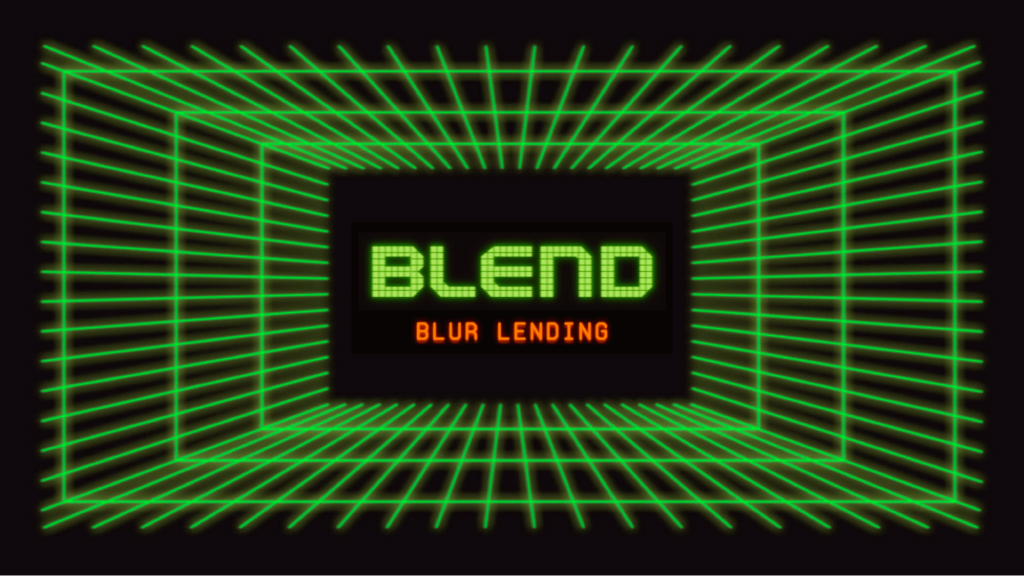Introducing ERC-6551, the game-changing standard – Cryptopolitan
What is ERC-6551 that the NFT ecosystem has been buzzing about recently? Non-Fungible Tokens (NFTs) have revolutionized the world of blockchain-based digital assets, with the ERC-721 standard paving the way for a number of innovative use cases.
However, the limited traceability of ERC-721 tokens remains a significant limitation. Therefore, ERC-6551 is the latest development in the NFT world. ERC-6551 is the Ethereum standard for token-bound accounts, which creates a smart contract wallet for each non-fungible token to make it more composable, dynamic and interactive.
Understanding ERC-6551
ERC-6551 represents a significant advance in DeFi by introducing a new approach to account management within blockchain ecosystems. At its core, ERC-6551 token-bound accounts provide a unique solution to improve security, streamline processes and unlock new opportunities for users and developers alike.
For each ERC-721 NFT, the token generates a smart contract wallet. After that, the asset is converted into a token-bound account (TBA). Token-linked accounts provide NFTs with an interface and registry for smart contract accounts based on ERC-721.
Although token-linked accounts technically belong to an ERC-721 NFT, power over them is delegated to the NFT’s owner. An owner can use a token-bound account to initiate on-chain operations on behalf of an NFT.
ERC-6551’s key features and benefits
Improved security: By design, ERC-6551 token-bound accounts offer increased security measures that protect users’ assets and transactions. Through the use of cryptographic tokens, account access is restricted to authorized parties, significantly reducing the risk of unauthorized access and potential breaches.
Simplified user experience: ERC-6551 token-bound accounts eliminate the need for complex authentication procedures typically associated with traditional financial systems. Users can now easily access their accounts, providing a seamless and user-friendly experience.
Transaction Efficiency: With ERC-6551 token-bound accounts, transaction processes become more efficient, resulting in faster confirmation times and reduced fees. This optimization contributes to a smoother user experience and opens doors for scalability in decentralized applications (dApps).
Innovative use cases: The introduction of ERC-6551 token-bound accounts has sparked the development of innovative use cases within the DeFi ecosystem. From decentralized lending platforms to automated investment strategies, the possibilities are limitless.
How ERC-6551 works
ERC-6551 token-bound accounts use a unique mechanism that binds user accounts to specific tokens, enabling seamless and secure interaction. Here is a simplified overview of the process:

- Account creation: Users generate their ERC-6551 token-bound accounts by linking them to specific cryptographic tokens of their choice. This binding establishes a trustless relationship between the account and the selected token.
- Access and authorization: Access to the ERC-6551 token-linked account is granted exclusively to those who hold the associated cryptographic token. This ensures that only authorized people can interact with the account, which strengthens security and reduces potential threats.
- Transaction execution: Users can now perform various operations within their token-bound accounts, such as transfers, exchanges or executing smart contracts. These transactions are validated and executed on the underlying blockchain network, maintaining the decentralized nature of the ecosystem.
Use cases of ERC-6551 token-bound accounts
Decentralized exchanges: ERC-6551 token-bound accounts play a crucial role in enabling secure and efficient decentralized exchanges (DEX). By tying user accounts to specific tokens, DEXs can ensure that only the rightful owners can execute trades, minimizing the risk of theft or fraudulent activities.
NFT composability: Token-linked accounts improve the composition of NFTs by enabling the aggregation of an ERC-721 token and its associated assets into a single “profile”. A TBA can be an inventory system containing various types of assets, all of which contain logic ranging from automatic staking of NFTs to collection of POAP rewards.

Additionally, by combining tokens, assets and NFTs into a single TBA, users can easily transfer assets and transition platforms. This results in a currently absent intuitive user experience when transferring assets.
Lending and borrowing platforms: The integration of ERC-6551 token-bound accounts into lending and borrowing platforms introduces enhanced security measures. This enables users to safely engage in decentralized lending while ensuring that their assets are protected throughout the process.
Identities in the chain: Token-linked accounts enable the new possibility of an NFT having a wallet and associated assets. This means that complete identities and on-chain reputations can be created as NFTs. These NFTs also interact directly with dApps, unlike the wallets that contain them.
TBAs can be implemented in systems such as airdrops, loyalty programs and in-game rewards that are influenced by behavioral economics. In the future, this could also facilitate credit assessments which could result in more reliable and efficient lending protocols.
Automated portfolio management: ERC-6551 token-linked accounts open new possibilities for automated portfolio management. By tying token balances to specific accounts, decentralized investment platforms can manage users’ assets autonomously based on predefined parameters, providing an efficient and convenient investment experience.
Game use cases with TBA
Despite the fact that gaming use cases are derived from the composition that token-linked accounts facilitate for NFTs, they deserve their own section. Before the introduction of token-bound accounts, players could own their characters as ERC-721 NFTs, but all in-game assets were stored as distinct tokens in the owner’s wallet.
With token-bound accounts, game developers can create “inventory” for players, so that all of their game-related assets can be automatically transferred to the character’s wallet. This improves the user experience and enables in-game user interfaces that were previously much more difficult to create.

ERC-6551 token-bound accounts represent a groundbreaking advance in the world of decentralized finance. The fusion of enhanced security measures simplified the user experience, and innovative use cases make ERC-6551 a force to be reckoned with in the ever-evolving blockchain landscape. As the technology continues to mature and developers push the boundaries of what is possible, we can expect ERC-6551 to unlock new frontiers, drive the widespread adoption of DeFi, and propel the industry to new heights.


